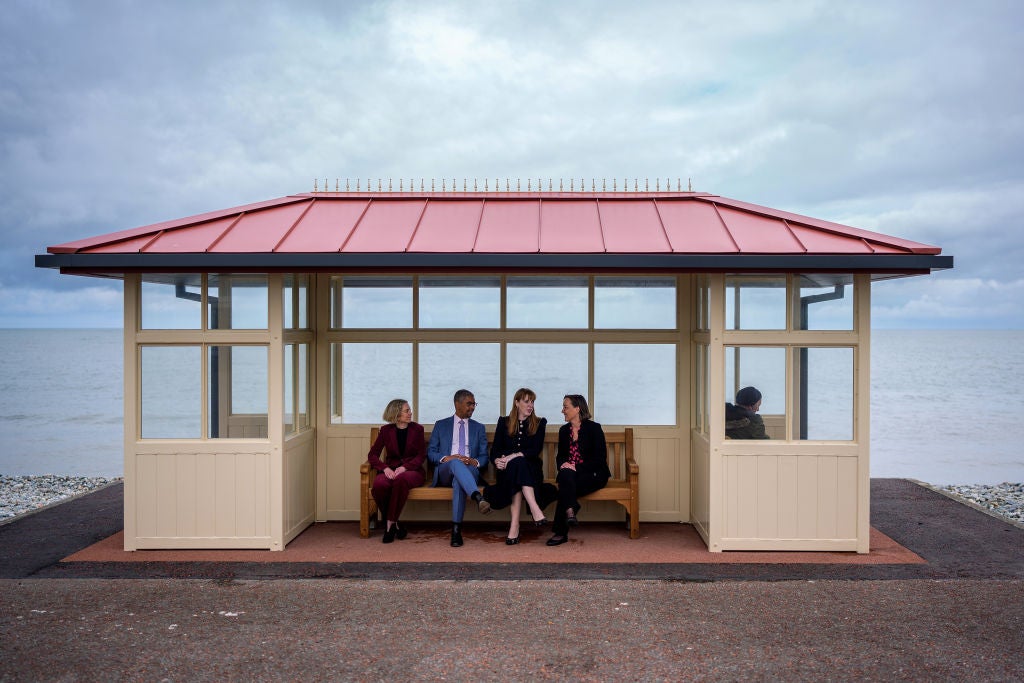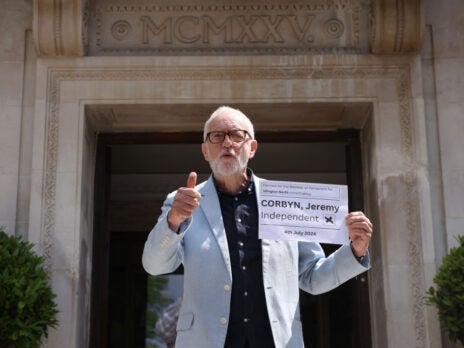
Labour had a calamitous election in North Wales in 2019. The local parties – disarmed by splits and factionalism within Welsh Labour – saw former pavement-pounding, enthusiastic members flee like rats from a ship. What was once a loyal hotbed of Labourism – the towns of Flint, Prestatyn, Wrexham and Rhyl – went Tory in a big way in 2019.
But now the polls indicate a sea change in their fortunes. The Conservatives are forecast to lose all or seven of their eight seats. And Labour’s vote is set to recover. But, this is no cause for complacency. Labour’s foundations are not as sturdy as these numbers might imply.
Britain Elects puts the share of Labour's support in Wales right now at 44 per cent. That is only 3 points up on what Labour got in the disastrous 2019 performance; it is five points below what they got in 2017 (where Labour gained three seats making their total 28); and it's an eye-watering 11 points below what they got in 1997. Labour's recovery in Wales is a product of electoral arithmetic. It doesn't indicate a groundswell in positive public opinion for the party.
It is hard to see it getting much better for them from here.
When Vaughan Gething replaced Mark Drakeford as Welsh First Minister in March, initial impressions were positive. In an era where the public are more sceptical about politicians than even, slim advantages in favourability are like gold-dust. And Gething's favourability rating has since fallen into the net negative. Since April his positive advantage of 10 points plummeted to a deficit of 17 in May and landed at a low of negative 23 in June. Now Redfield and Wilton suggest 21 per cent of voters have a favourable view of Gething, against 44 percent with an unfavourable view.
In a few short months the negative view of the New First Minister calcified. And though Labour's lead overall in Wales has barely shifted since March - there are signs that turnout among party's base could prove a challenge. The presumed Labour turnout has fallen six-points since March while it has barely changed across the rest of the United Kingdom. This, taken with the rising electoral adamance of Welsh Conservative voters, could be dangerous. The proportion of 2019 Conservative voters who tell Redfield and Wilton they're guaranteed to vote (on a scale of five out five) is up.
If the Conservatives weren't down 17 points on where they were in 2019 this would be a far more contentious election than first forecast for Wales.
And therein lies the biggest problem. If it is the case that Labour's performance in the Senedd is behind this relative "depression" in Welsh Labour's vote then the party should be considerably anxious for the next Senedd election in 2026. Gething has seemingly burnt his bridges with the Welsh electorate in a very short space of time. And, if it is apparent to voters that this election is a done-deal for Labour they may feel they have space to protest by staying at home.
In the grand scheme of things these are marginal data-points rather than grand narrative shifts. But they could be the difference between a Labour gain, or loss in seats like Ynys Mon and Monmouthshire, or perhaps even Wrexham. Moreover, these seeds of discontent at Wales's new First Minister could morph into something more dramatic by the next Senedd election. Is Welsh Labour ruthless enough to see it?


